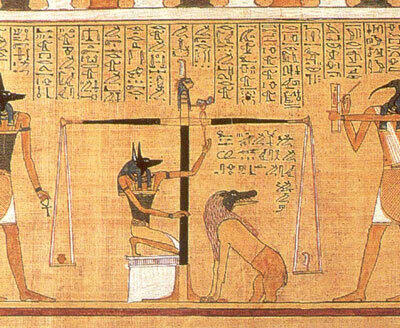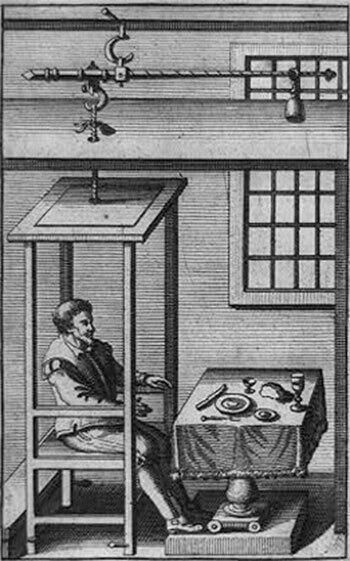
While self-tracking and the quantified self might seem like one of the most modern of practices, its origins date back to the 1500s and a group of Italian scientists. Galileo Galilei might have emerged as the most well-remembered, but it was his contemporary and friend Santorio Santorio who might best lay claim to the title as one of the world’s earliest quantified self trackers or a person who attempts measures his life to understand it.
Born in 1561, Santorio Santorio was dedicated to a quantified approach to medicine, which focused on measurement and experimentation over tradition and dogma. He was an inventor and contributor to two of the most measured areas of our daily lives: our weight and our temperature.
Personally, he was obsessed with measuring these and other areas in order to understand the process that made the human body “tick,” specifically perspiration (sweating) and metabolism (digesting food into energy). Through simple but consistent measurements, Santorio made the profound observation that the amount he ate and drank didn’t correlate with his feces and urine.
Santorio was obsessed with measuring stuff. His goal was to try and understand himself and various human systems through consistent measurements and observations.
By contrast, much of the history of weighing stuff was out of commercial necessity. Weighing scales, specifically the balance scale, date back to some of the earliest human civilizations. As trade increased, merchants needed ways to assess the value of irregular shaped objects, include precious metals like gold. If you couldn’t accurately measure things, you couldn’t do business.
In this post, I want to look at the history of weighing scales and its evolution from a mode of business and trade to a tool for scientific measurement and finally today’s smart scale. We will look at the different types and ways to measure weight as well as look at Santorio’s weighing chair as an amazing example of how to measure a life. Hopefully this story and quantified self tracker will inspire you to measure your life.
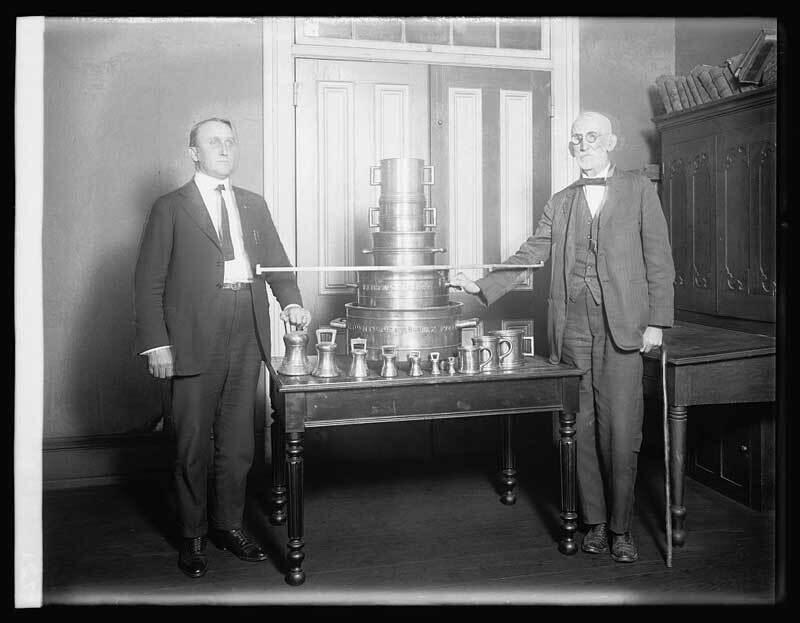
Weights and Measures, Circa 1920. Source: Library of Congress
“Weighing Chair”: 17th Century Venetian Physician Santorio and the Birth of the Quantified Self
Venetian physician, scientist and professor Santorio Santorio might easily be considered one of the world’s earliest quantified self-trackers. One of his obsessions was human weight.
While largely forgotten, Santorio was a significant contributor to science and medicine. He was a contemporary and friend of Galileo Galilei. Santorio was the inventor of several medical devices and was also the first known writer and possible inventor of the thermoscope.
He is particularly famous for a measurement device he constructed called the “weighing chair,” which he used to track his and his patients’ weight. Over a period of thirty year, Santorio would weigh himself everyday as well as everything he ate and drank. He would also measure his urine and feces.
Here is an engraving of the device:
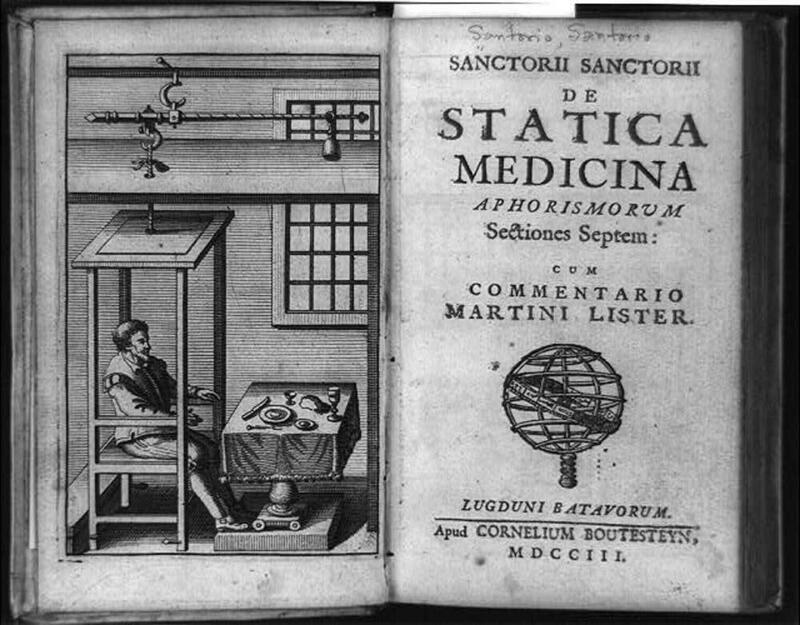
Source: Library of Congress
Based on this image, it would seem his device measured his weight using a sophisticated implication of the balance scale.
A balance scale works by putting two measurement ends across a fulcrum, placing the object to be measured on one end, and then attached weight-setting stones on the other. The weight of the object would be then measured according to those stones or weights. The oldest, known relic of a weighing scale dates back to around 2000 BC in the Indus Valley near present day Pakistan. Similarly, Santorio’s weighing chair used the same measurement principles as the classic counter-weight scale.
From comparing what he had eaten (8 lbs) and his waste products (3 lbs), Santorio’s realized there was a discrepancy. What he took in didn’t equate what came out. From this observation and other studies on the body like on perspiration, he was able to deduce some of the earlier concepts related to metabolism.
In 1612 or 1614 he published a work entitled “Sanctorii Sanctorii Commentaria in Artem medicinalem Galeni,” in which he introduces the thermoscope and various aspects of quantification in medicine. This work is considered to be the first Western treatise on quantification in medicine.
From Springs to Body Fat to Wifi: Evolutions of the Weighing Scale
Counter-weight scales remained the primary method of weights and mass until the industrial Revolution, and it wasn’t until around 1770 when a new type of scale was invented. Richard Salter, a British balance maker came up with the spring scale.
As the name implies, the spring scale measures the pressure exerted on a spring to deduce the weight of an object. The spring scale become the standard weighing device for post offices around the world and for measuring human weight too. These mechanical devices are still common today since they are cheap, reliable and relatively accurate.
As more and more scientific research depended on accurate measurements, scales continued to evolve and led to the creation of the first digital scale. The creation of the first digital scale remains unclear, but in 1980 Richard Loshbough and Edward Pryor were the first to request a patent for their digital scale.
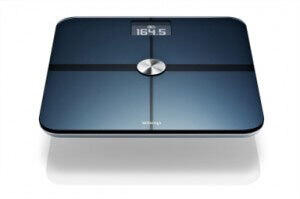
Digital scales use some of the same principles as the spring scale to measure weight. Using electrical resistance to detect variations of conductivity according to the pressure put on the material, digital scales can deduce the weight of the person (or object) on the scale. As greater or less pressure is places on the scale the conductivity changes and you are able to determine the weight.
The most high-tech body scales have gone beyond weight and have added a way to measure body composition. These scales send an electrical current through the body and measure the electrical impedance. This impedance is then used to calculate body composition using Bioelectrical Impedance Analysis (BIA). In short, these scales can measure the percentage of body fat.
Finally today we are living in the age of the “Internet of Things” (IoT). At its most basic, it means connecting all of our tools and devices to the internet. Refrigerators, locks, cars, door bells, thermostats and lights are just a few examples of IOT smart things.
Many of today’s digital scale are now wifi-connected. This makes it possible to weigh yourself, store it in the cloud and track your weight over time. Your weight can be logged into your fitness and nutrition trackers or even shared with your doctor to track changes over time. Fitbit, Withings, XiaoMi and many other companies all of have wifi-connected, smart scales.
Conclusion: Data to Driven
The history of weighing scales spans much of modern human history. While scales were originally used for business and trade and remains critical for those usages today, weighing scales became important for the sciences and medicine. The ability to accurately measure a weight made it possible to understand things.
In the case of Santorio Santorio, he used his weighing chair to track weight. Santorio Santorio’s work in constantly measuring the human body’s weight depended on both the accuracy of the measurement and keeping consistent logs. Upon comparison he made the profound discovery that what we consume doesn’t equal what we poop out. From here he was able to come up with some of the basic concepts for perspiration and metabolism.
Quantified self and self-tracking are about measuring your life in different ways. Some are low tech while others involve some of amazing high tech tool. Whether it’s your heart rate, weight, productivity, time, blood, fitness, DNA or dozens of other measurable items, all of these are data points to learn from. In the same way, I think we can point to Santorio as both an important medical scientist and an early quantified self tracker. He measured, he tracked, and he learned from his logs.
Today’s “smart scales” make it possible to weigh your self in much the same ways we have done since the dawn of human civilization. The main advantage of these smart scales is the bringing together of the data. You get a good log of your weight changes over time.
Often time the apps use this weight data to point to trends and hopefully help you learn about how to be healthier. These are great implementations of taking tracked data and attempting to be “data-driven.” But in fact you don’t even really need a smart scale to do this. You simply to a tool to measure like a cheap digital scale and a consistent way to log it over time.
From there, you have to take the next step yourself and use that data. Bring it into a spreadsheet and chart it. Think about relationships between time of day and weight. Research correlations between weight changes and stress, disease, etc. In this way, you’ll be reaching back to the spirit of one of the first quantified self trackers, Santorio Santorio.
Don’t just track. Be observant. Use your data and become data-driven.

